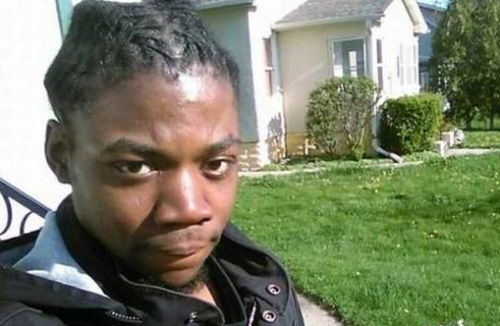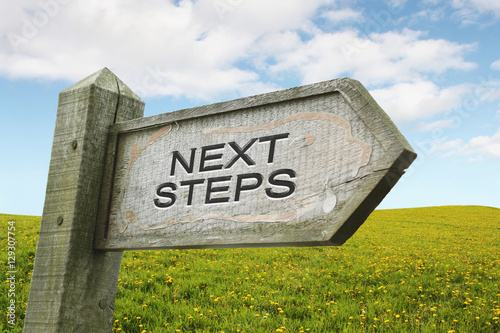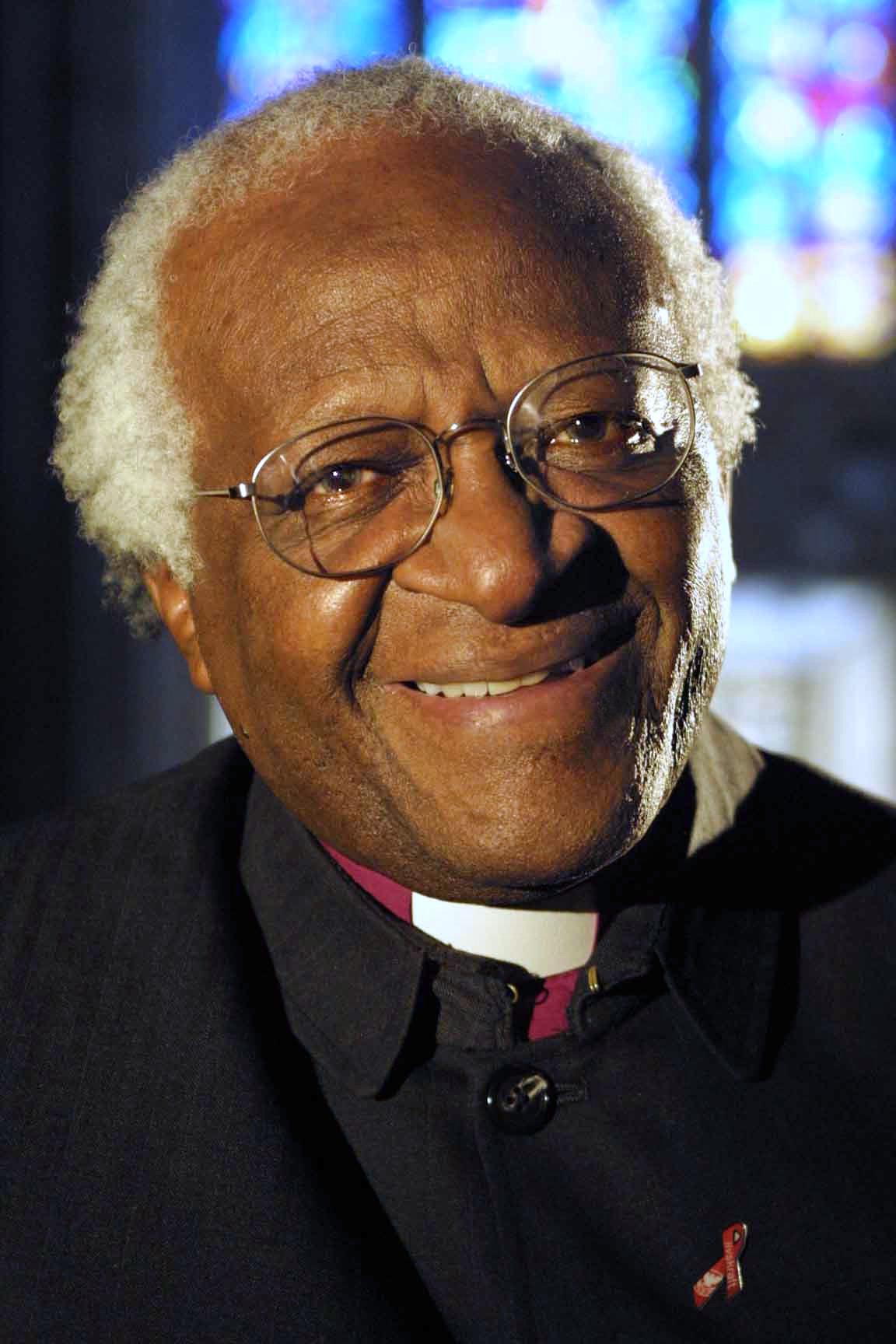 December 1st is World AIDS Day. It marks "an opportunity for people worldwide to unite in the fight against HIV." While many treatment advances have been made, 35.3 million people currently live with HIV. As a result, ~2 million people die from AIDS each year, including 270,000 children.
December 1st is World AIDS Day. It marks "an opportunity for people worldwide to unite in the fight against HIV." While many treatment advances have been made, 35.3 million people currently live with HIV. As a result, ~2 million people die from AIDS each year, including 270,000 children.Like so many aspects of life, AIDS diagnosis, treatment, and outcome are affected by race. In the same way that issues of infant mortality, heart disease, obesity, and mental health disproportionately affect people of color, AIDS remains a significant issue for black and brown communities.
Many factors such as income and health care access that affect the prevalence of HIV differ significantly across race. Thus, in 2010 “an estimated 7,000 (57.4%) newly infected youths were blacks/African Americans, 2,390 (19.6%) were Latinos, and 2,380 (19.5%) were whites.” Indeed, according to Colorlines, if black America were its own country, it would rank 16th in the world for the number of people with HIV.
In the Asian and Pacific Islander communities, HIV testing rates are terribly low, increasing the risk of carriers unknowingly passing on the virus to others. By many measures Asian American and Pacific Islanders show the highest increases in rates of new infections in the United States. Click here for links to HIV/AIDS education materials in a variety of Asian languages.
Colorlines asserts that "HIV infection rates are an excellent measure for who societies don’t give a damn about." Hatty Lee and Kai Wright note that “globally, those who have access to social and economic capital avoid the virus or, when infected, live healthy lives with it. Elsewhere, infections and deaths continue to mount.” The necessary treatments exist, but access to them remains severely inhibited.
| Click for full infographic from Colorlines |
Wright notes that “in the late 1990s, right about when taxpayer-developed lifesaving drugs hit the market and America declared victory over HIV, the epidemic split: Black diagnoses continued climbing as a share of overall diagnoses, while white diagnoses plummeted. In other words, in the part of America where people had access to care, the epidemic changed dramatically; elsewhere, it didn’t.”
The pattern is the same outside the United States. Over 95% of those living with HIV/AIDS are in developing countries. Of these, 8,000 people die per day. Countries like the United States spends ~$1500 per person each year on health care, while Guatemala is only able to spend $41 per capita per year.
While the number of AIDS-related deaths peaked in the United States in 1995, developing countries didn’t begin to see reductions for over 10 more years. The World International Intellectual Property Institute reported that “without AIDS, life expectancy in the year 2010 in Zimbabwe would be 70 years, in Botswana 66 years and in Zambia 60 years. With AIDS, these life expediencies are expected to drop to 35 years in Zimbabwe, 33 years in Botswana and 30 years in Zambia.”
Pharmaceutical companies vigorously lobby against drug access for the countries that need it most, even though sales in these same counties only accounts for 1% of their total profits. The import of generic drugs is often banned, even though they are ten times cheaper (even after 90% discounts from pharma companies).
As president of the Global Health Council, Nils Daulaire stated that “if there were a nuclear war, we wouldn't worry about whether people had their trigger mechanisms patented or not. This is, I hate to use the term, the moral equivalent of war,' he says, referring to the AIDS crisis in Africa.” Thus, the lack of drug access is often characterized as a severe violation of human rights. For more on this story, watch the compelling documentary, Fire in the Blood.
But there are reasons to hope. Is Christ’s Church one of those reasons?
Find out what the Church is doing in part 2…
The pattern is the same outside the United States. Over 95% of those living with HIV/AIDS are in developing countries. Of these, 8,000 people die per day. Countries like the United States spends ~$1500 per person each year on health care, while Guatemala is only able to spend $41 per capita per year.
While the number of AIDS-related deaths peaked in the United States in 1995, developing countries didn’t begin to see reductions for over 10 more years. The World International Intellectual Property Institute reported that “without AIDS, life expectancy in the year 2010 in Zimbabwe would be 70 years, in Botswana 66 years and in Zambia 60 years. With AIDS, these life expediencies are expected to drop to 35 years in Zimbabwe, 33 years in Botswana and 30 years in Zambia.”
Pharmaceutical companies vigorously lobby against drug access for the countries that need it most, even though sales in these same counties only accounts for 1% of their total profits. The import of generic drugs is often banned, even though they are ten times cheaper (even after 90% discounts from pharma companies).
As president of the Global Health Council, Nils Daulaire stated that “if there were a nuclear war, we wouldn't worry about whether people had their trigger mechanisms patented or not. This is, I hate to use the term, the moral equivalent of war,' he says, referring to the AIDS crisis in Africa.” Thus, the lack of drug access is often characterized as a severe violation of human rights. For more on this story, watch the compelling documentary, Fire in the Blood.
But there are reasons to hope. Is Christ’s Church one of those reasons?
Find out what the Church is doing in part 2…







